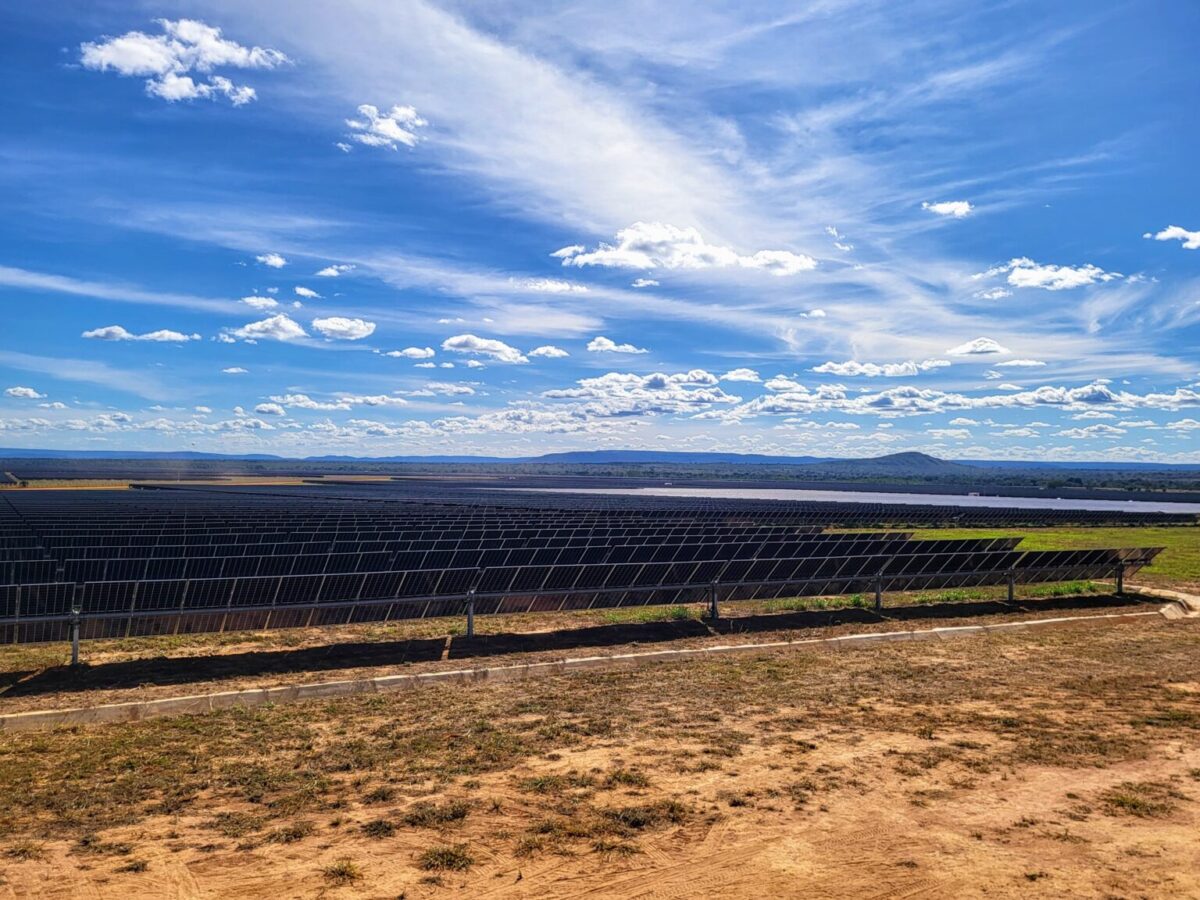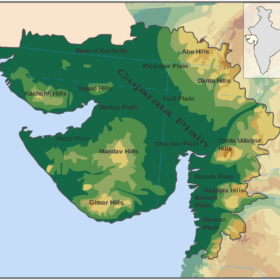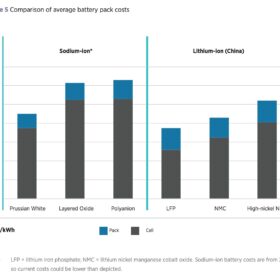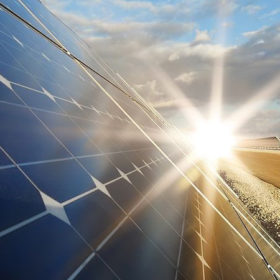From pv magazine Brazil
The combined share of utility-scale and distributed solar in Brazil’s electricity mix is projected to reach 32.9% by the end of 2029, up from 22.2% in December 2024.
Installed solar capacity is expected to rise from 51.7 GW to 88.2 GW during this period. Distributed generation will grow from 35.1 GW to 64.1 GW, while centralized utility-scale PV capacity will increase from 16.6 GW to 24.1 GW.
This growth would make solar the second-largest source of installed capacity in the National Interconnected System (SIN).
The projection comes from the 2025-29 Energy Operation Plan released this week by the National System Operator (ONS).
The 2025 plan projects a 36 GW increase in total installed capacity, growing from 232 GW in December 2024 to 268 GW by the end of the forecast period. The total includes existing and anticipated micro and mini distributed generation (MMGD).
Energy demand is expected to grow at an average annual rate of 3.4%, reaching 94.6 GW by 2029. This figure includes the load contribution of MMGD.
São Paulo will lead MMGD expansion with 5 GW expected during the study period. Minas Gerais follows with 2.6 GW, then Rio de Janeiro with 2.1 GW, Paraná with 1.8 GW, Goiás with 1.7 GW, Rio Grande do Sul with 1.6 GW, Ceará with 1.2 GW, and Pará and Mato Grosso with 1.1 GW each.
The SIN electricity matrix will continue to show a high share of inflexible generation, which is projected to account for 75% of total load in 2026 and 73% in 2029. Inflexible generation must be dispatched without regard to system demand.
The SIN’s pumped-hydro storage capacity remains around 292 GW/month. However, the degree of regularization is expected to decline, increasing dependence on rainfall to refill reservoirs each hydrological year. Storage levels at the end of the rainy season in April will be increasingly critical to meeting load.
Given the high share of inflexible generation and growing need for fast-response resources, ONS advised against adding thermal capacity with high inflexibility or slow ramp-up times over the next five years.
This content is protected by copyright and may not be reused. If you want to cooperate with us and would like to reuse some of our content, please contact: editors@pv-magazine.com.








1 comment
By submitting this form you agree to pv magazine using your data for the purposes of publishing your comment.
Your personal data will only be disclosed or otherwise transmitted to third parties for the purposes of spam filtering or if this is necessary for technical maintenance of the website. Any other transfer to third parties will not take place unless this is justified on the basis of applicable data protection regulations or if pv magazine is legally obliged to do so.
You may revoke this consent at any time with effect for the future, in which case your personal data will be deleted immediately. Otherwise, your data will be deleted if pv magazine has processed your request or the purpose of data storage is fulfilled.
Further information on data privacy can be found in our Data Protection Policy.